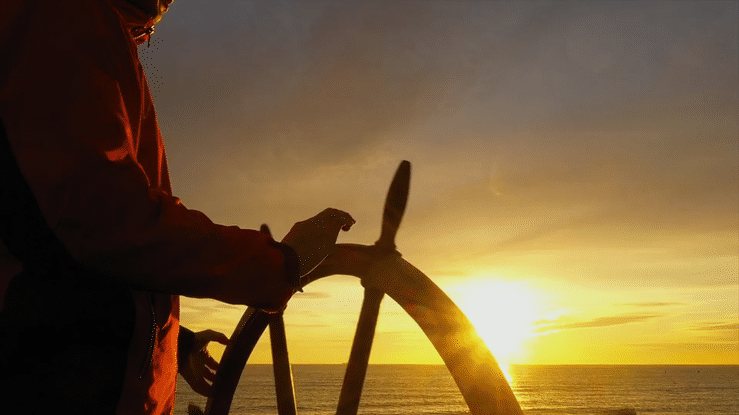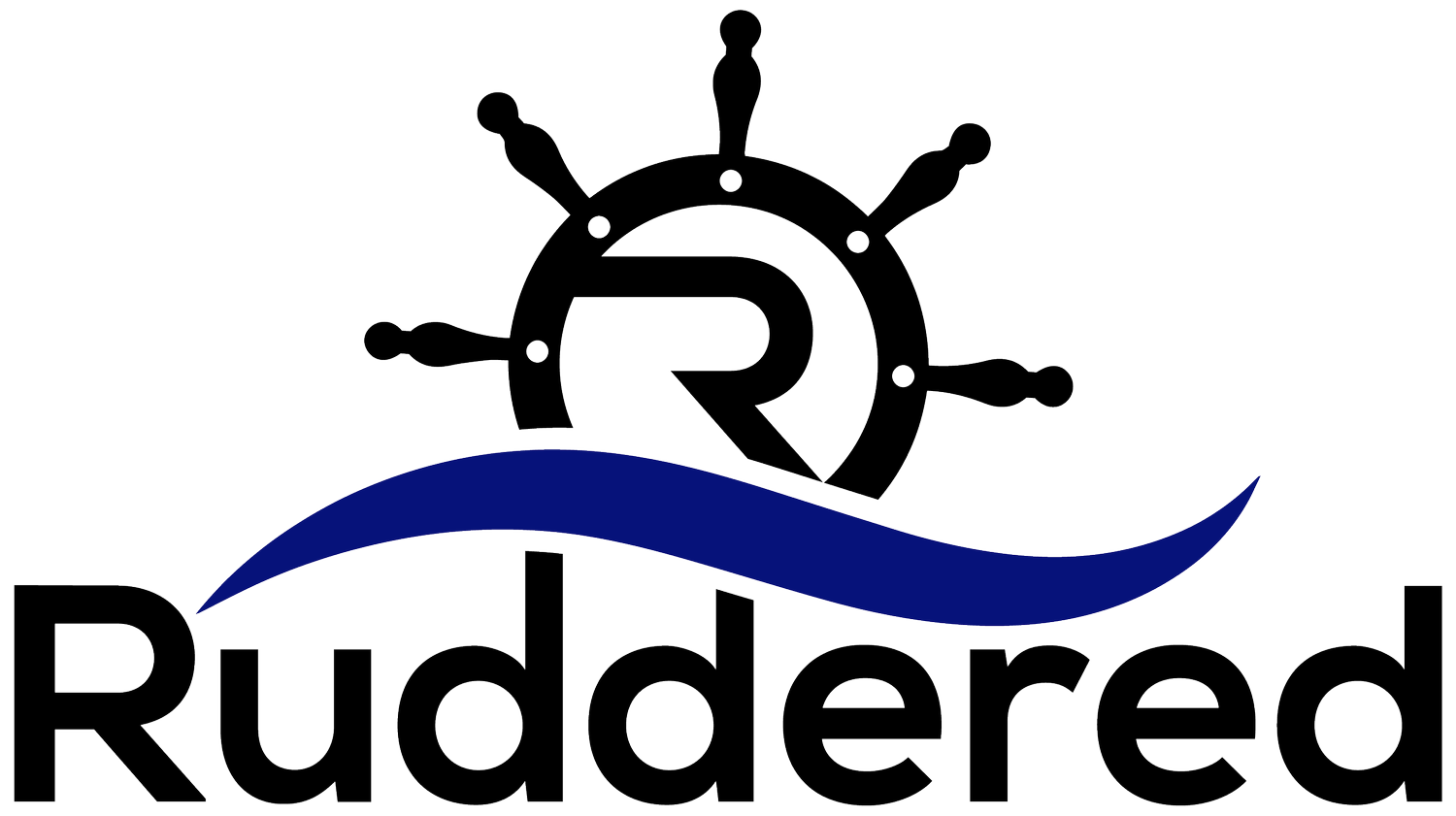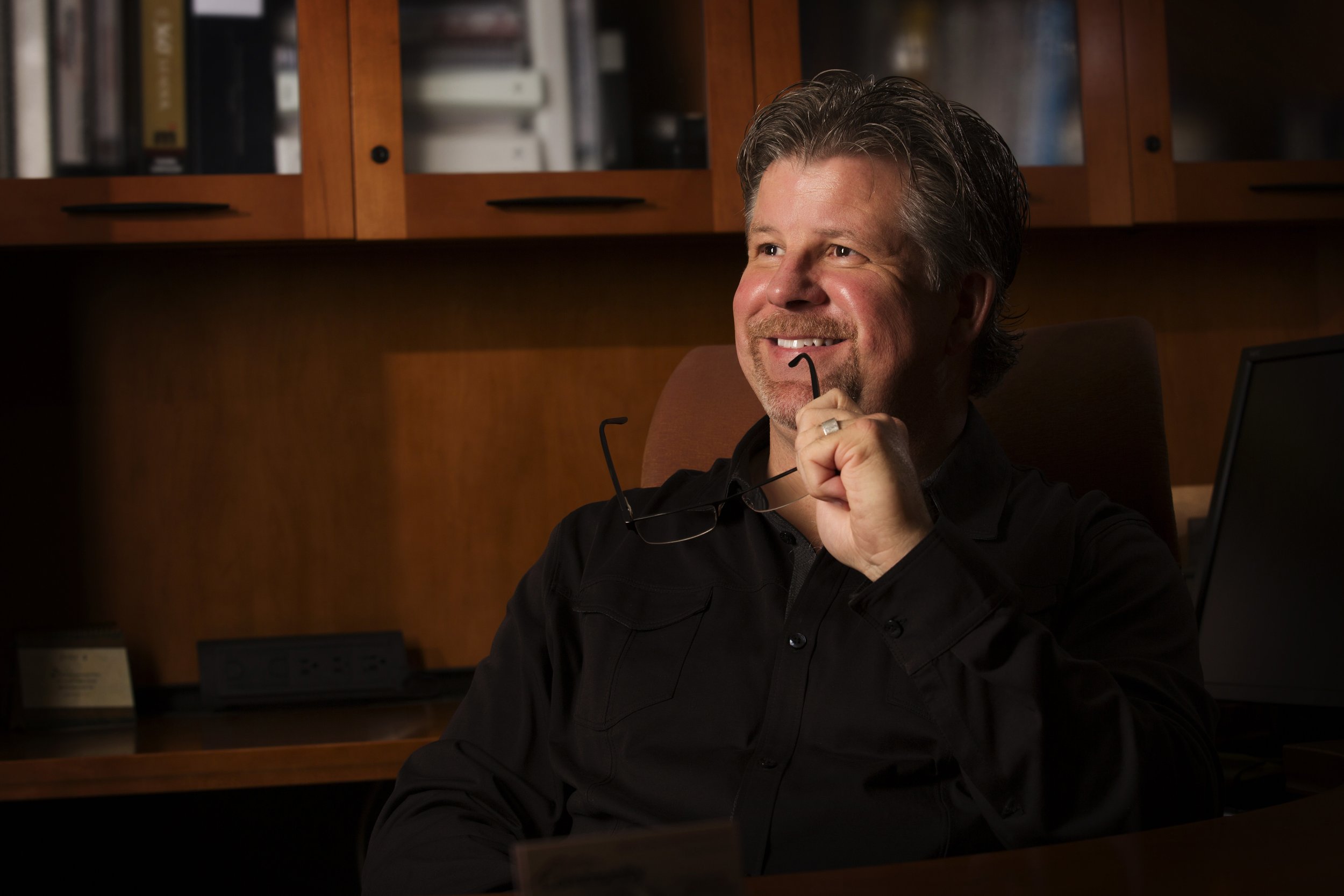
“Even in the face of strong winds, the rudder directed by the hands of a skilled captain can guide a huge ship.”
It seems that nautical décor is very popular these days. Paddles, props, ropes, and helms are readily available at retailers.
However, there are not many rudder renderings to be found certainly not hanging in offices or boardrooms. The fact is the rudder is not a popular part of a ship. Yet the rudder is arguably the most important part of any vessel. Even in the face of strong winds, the rudder directed by the hands of a skilled captain can guide a huge ship. When the ship lacks a skilled captain or effective leader disaster can result. Let’s call it rudderless leadership.
A rudder is a steering device that governs direction and speed. It is notable that the location of a rudder on a sea faring vessel is under water and at the rear; doing its work unseen so that passengers and crew go unaware of its movement. Yet, when it is in proper working order, the rudder holds more power over the ship than the wind. The wind will blow, toss, even destroy the ship's rigging, but the rudder guides the ship exactly where it directs.
To be ruddered is about having a rudder or for our purposes being steered or directed in the right direction for good. Unfortunately, some are ruddered in the wrong direction whereas others are simply rudderless. When this is the case, there are ways to “right the ship”. Regardless, the result of ruddered leadership is obvious for all to see, however the work it requires is often an unseen challenge.



